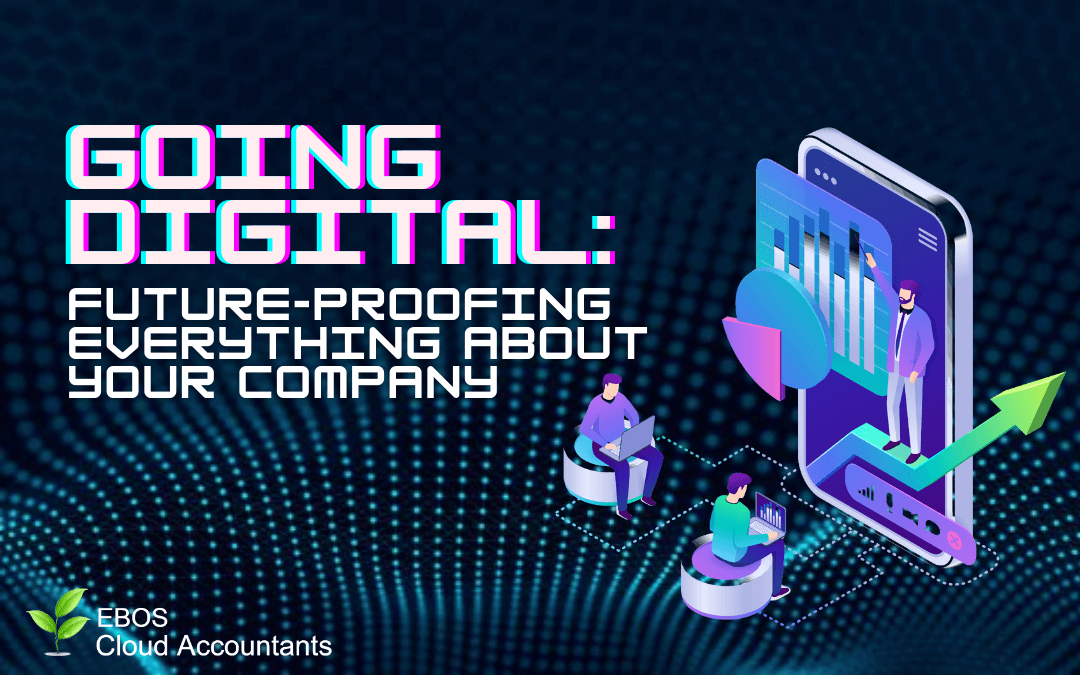No matter what industry your company is in, it’s important to future-proof everything about it. By making sure your operations are digital, you can make sure that your business stays up-to-date and ready for whatever comes next. After all, it’s no secret that technology is changing the way we live and work; and the debate between video conference platforms that occurred over the COVID lockdown is just one case study!
So how do you make sure that you can future-proof your company when there are so many options to pick from? Here are just a few of the many ways that going digital can help keep your company ahead of the curve.
Figure out how far your team is willing to go, digitally
If you have a team that is used to working manually, they may find it extremely difficult to migrate to a digital platform and the last thing you want is for your entire team to quit because they become frustrated with your new digital work!
It is important to understand your team’s tolerance for digital transformation. Some teams are more technologically-savvy and are happy to adopt new software—these teams may even suggest new software on their own for adoption. Other teams, however, are more reticent and may display an unwillingness to adopt any new software or deviate from their current methods of work.
While it is not always advisable to continue without a long-term plan for digitalisation, it is important to grasp this tolerance and plan for it! Most teams slowly migrate onto one digital ‘home base’ and once the teams get used to it, adding additional functions. Some teams function well with a digital-manual mix with limited automation, while others will go even further to advance their own automation if they are adventurous enough!
This tolerance factor will give you an idea of what kind of software you can next use.
Take the time to do your research, trial software, and explore options
Let’s use an example: digital file storage options. A quick search will inform you of a hundred and one different platforms that can be used, the common of which include Google Workspace (formerly Suite or Drive), Microsoft Office (also Microsoft 365 or Office 365), and Dropbox. Depending on your business, you may be considering digitalisation of the following operations for your company:
- Finances, tax and accounting services, company tax filing in Singapore (Quickbooks, Xero)
- Sales and customer service (Salesforce, Microsoft Dynamics)
- Digital Marketing (MailChimp, social media management, etc.)
- Human Resources (job application systems)
- Cloud-based storage services
- Project management or other operations-related software
A complete rehaul of your entire operations can be tempting but is very rarely a good idea simply because your business may come to a standstill while your team is figuring out how to navigate the new digital platform.
Create your plan over several years, upgrade your functions and operations one by one, and research the various options available at each stage. Speak to other clients or consumers who have used the options you are considering as well, to understand what the pros and cons of the options are based on a real customer perspective.
Furthermore, many available options have trial periods that allow you to try out various platforms over a period of time. Based on your prior research, pick and choose 2-3 platforms to trial, and allow your team to trial that platform alongside their existing work for the allowed period. Ensure that your team is actively using and trying out the platform, and get their opinions of the trialled platforms to see what your team’s opinions are, and where their gain and pain points are for each platform.
Onboard your team and clients onto the new software and methods
Once you’ve selected the platform you’d like to work with, make sure that you onboard your team (and if necessary, clients) appropriately onto your new software.
If you have a new system for tax and accounting services, make sure that the team knows how to use the software, file their expenditures and receipts, and do their claims. New SOPs may have to be developed depending on your team’s needs as well as your company’s needs as well.
If you have a new digital marketing platform, adjust your strategy to take advantage of the new platform as much as possible.
If you have a new CRM or a new method of interacting with clients, send an email or update a new page to your website to inform clients on how to work with your new system so that they are aware of how to use it.
Give everyone time to get used to the new platform; most companies typically take anywhere from 3-6 months to fully integrate a new system. Some teams can take up to a year, so have patience and make sure that the person in charge is available to teach your team and answer any questions or problems!
In summary
When it comes to your business, you can’t afford not to take full advantage of digital technology. Whether in terms of company tax filing in Singapore, digital marketing, or human resources management, it’s important to transition your team well. Figure out how far your team is willing to go digitally and then start taking the steps necessary for success. Take the time to do research, trial software, explore options and onboard everyone onto new methods; this will make all the difference in your future bottom line.







